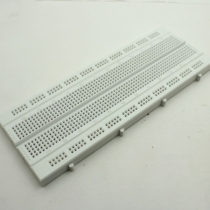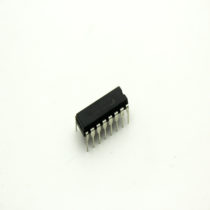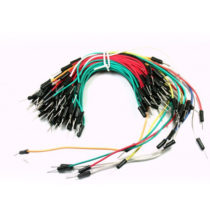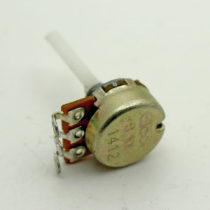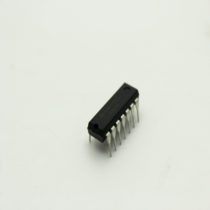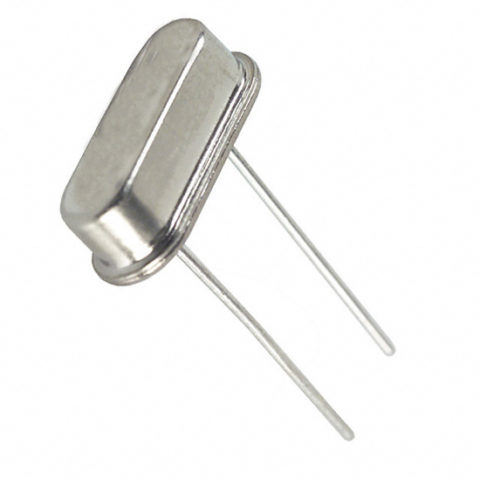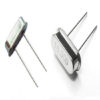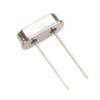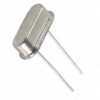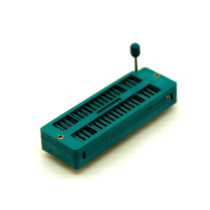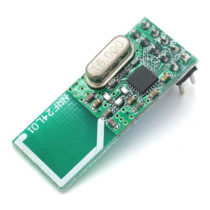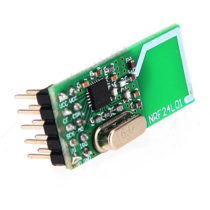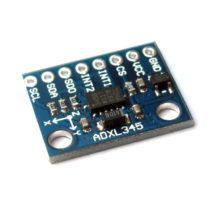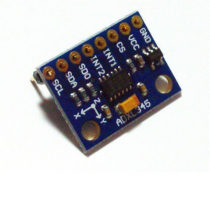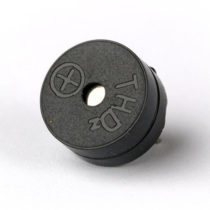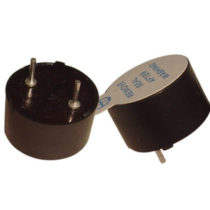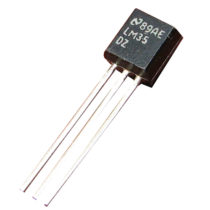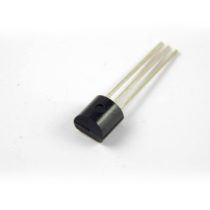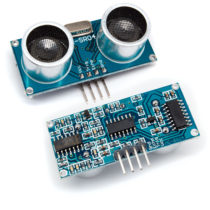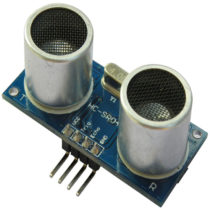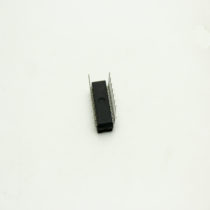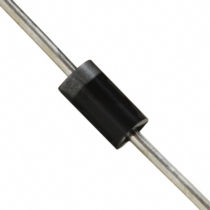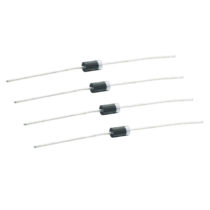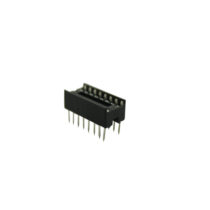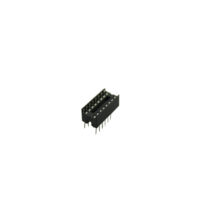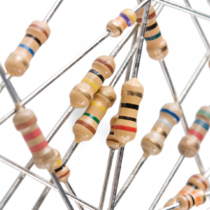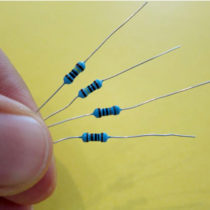It provide clock pulses of 16 Mhz frequency. It can be used as UART clock (6×1.8432 MHz). It allows integer division to common baud rates (96×115200 baud or 96×96×1,200 baud). It is a common clock for AVR microcontroller It uses the mechanical resonance of a vibrating crystal of piezoelectric material to create an electrical signal with a very precise frequency. This frequency is commonly used to keep track of time, to provide a stable clock signal for digital integrated circuits, and to stabilize frequencies for radio transmitters and receivers. The most common type of piezoelectric resonator used is the quartz crystal, so oscillator circuits incorporating them became known as crystal oscillators. The crystal oscillator circuit sustains oscillation by taking a voltage signal from the quartz resonator, amplifying it, and feeding it back to the resonator. The rate of expansion and contraction of the quartz is the resonant frequency, and is determined by the cut and size of the crystal. When the energy of the generated output frequencies matches the losses in the circuit, an oscillation can be sustained. One of the most important traits of the crystal oscillator is that it exhibits very low phase noise. In the crystal oscillator, the crystal mostly vibrates in one axis, therefore only one phase is dominant. This property of low phase noise makes them particularly useful in telecommunications where stable signals are needed, and in scientific equipment where very precise time references are needed. The result is that a quartz crystal behaves like a circuit composed of an inductor,capacitor and resistor, with a precise resonant frequency
Features:
- The crystal oscillator circuit sustains oscillation by taking a voltage signal from the quartz resonator, amplifying it, and feeding it back to the resonator
- It provides clock pulses of 16 MHz frequency.
- The popularity of the crystals is due to low cost.


